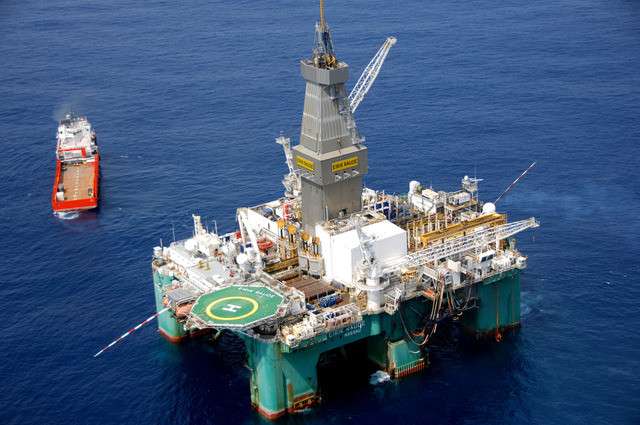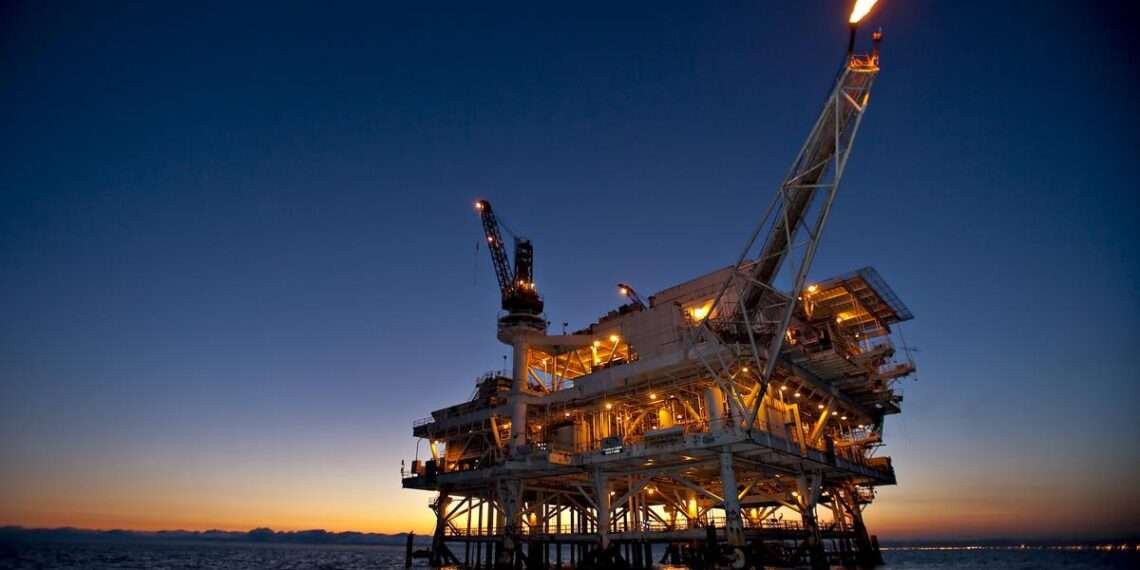Kenya’s oil exploration could face setbacks in the country, as a recent failure by Eni to find commercially viable oil deposits in Kenya’s Lamu Bashin “marks a blow to kickstarting” the country’s nascent oil and gas sector, according to Fitch Solutions.
Currently, Kenya does not produce any oil or gas and Eni’s failure to find commercial oil will be of significant disappointment to the Kenyan government, having shown a strong determination in recent years to find oil in its offshore blocks.
Block L11B lies within a 100,000sq km area in the Indian Ocean that has long been contested by Somalia and Kenya. In October 2021, the United Nation’s International Court of Justice (ICJ) ruled in favour of Somalia with regards to the disputed maritime border, however, Kenya has since refused to recognise the ICJ’s ruling, which enabled Eni to proceed with drilling in the block.
“We expect that maritime tensions between Somalia and Kenya will remain elevated moving forward, which raises a risk for future investment in the country.”
Fitch
According to local media reports and industry sources in March 2022, Eni’s Mlima-1 exploration well in Block L11B has proved nonviable after it failed to hit commercial oil reserves.
Eni began drilling the well using its Saipem 12000 drillship in late December 2021 and local media reports indicate pre-drill estimates were approximately 700mn bbl. Eni, who is yet to confirm the drilling results, operates the block with a 41.25% stake, alongside TotalEnergies (33.75%) and QatarEnergy (25%).

Tullow Oil Discovers Oil in Commercial Quantities
Tullow Oil made the country’s first commercially viable onshore oil discovery in 2012 at its Ngamia-1 well in the South Lokichar Basin, which almost a decade later, still remains under appraisal.
Subsequent drilling campaigns by IOCs have led to disappointing outcomes, such as BG’s (now Shell) Sunbird-1 discovery in 2012 and Anadarko’s Kubwa-1 discovery in 2013, which both proved to be uncommercial. Eni’s recent disappointment means that a discovery in Kenya’s offshore blocks remains yet to be made.
“We expect investor sentiment in the frontier market will remain muted, despite the 35 licensing areas that are open for bidding in the country and the government’s ambition to kickstart its oil and gas sector.”
Fitch
Eni’s exploration setback will do nothing to help attract investment in exploration into the country, despite the higher oil price environment and improved market conditions compared to recent years. The slew of past commercially unviable discoveries, nascent oil and gas regulation and current lack of widespread oil and gas infrastructure needed to commercialize any potential discovery, means Kenya remains a high-risk market for potential entrants.
A presentation by Kenya’s Energy and Petroleum Regulatory Authority in February 2022 confirmed that over half of the gazetted oil and gas blocks in Kenya remained open for bidding. Out of the 63 petroleum blocks in Kenya, 26 are licenced to international oil companies, one is owned by the National Oil Corporation of Kenya and the remaining 35 are open for bidding.
The government has not yet announced plans to hold an official licensing round for these blocks, though this is something that could occur over the coming quarters.
In order to pique substantial investor interest, the government will need to ensure the existence of clear and transparent oil and gas regulation, as well as attractive fiscal and licensing terms for investors.
The level of interest showed in the prospective round will be a telling sign of the attractiveness of the frontier market, and the potential for exploration activity and reserves growth in the future.

“With no other viable projects underway, Kenya’s oil future remains dependent on Tullow Oil’s South Lokichar Development project reaching a final investment decision, which could occur in 2022, though there is considerable risk of it being further delayed.”
Fitch
The US$3.4 billion South Lokichar Development is Kenya’s flagship oil project, being developed by a joint venture (JV) of Tullow Oil (operator, 50%), TotalEnergies (25%) and Africa Oil (25%).
FID Impacted by COVID
Final Investment Decision (FID) for the project was initially targeted for 2019 but has faced substantial hurdles since, including issues securing land rights, difficulties finding a viable export route and most recently, the impact of Covid-19 restrictions on the project work programme.
The Joint Venture (JV) submitted a final field development plan to the Kenyan government in December 2021, which still awaits approval as of April 2022. Provided an FID can be reached in 2022, which remains our core view at present, “we forecast first oil from the project in 2025, with production peaking at 95,100b/d in 2028,” Fitch said.
Once online, the project will cement Kenya’s status as a medium-sized oil producer in the Sub-Saharan Africa region. Risks to Fitch’s forecasts are heavily tilted to the downside given the struggles seen to date from the project partners in moving the project forward.
According to Fitch Solutions, should the project not reach an FID until 2023 or even later, then Kenya will not see first oil and in turn, the ability to export crude oil, until the tail-end of our 10-year forecast period to 2031.
Additionally, should the project stall completely, this would dash the government’s hopes of monetizing Kenya’s oil reserves and creating a new source of export revenues in the country, Fitch said.
READ ALSO: Pay Debt Owed Fertilizer Producers to Circumvent Shortages- Peasant Farmers to Gov’t























